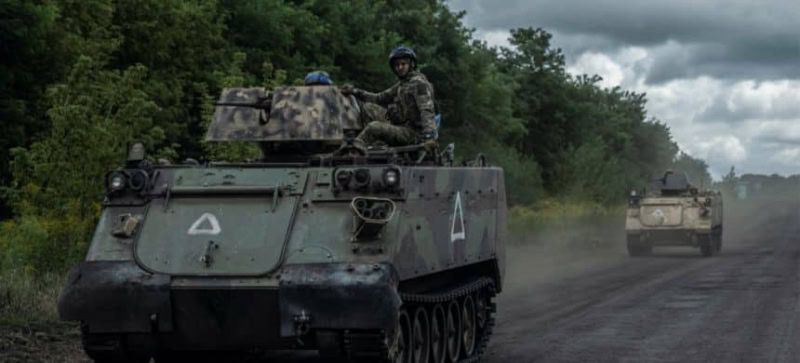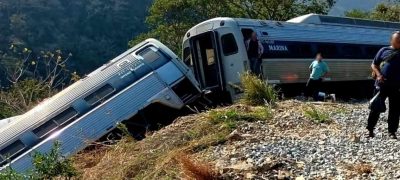Ukrainian forces have advanced further into Russia’s Kursk region, with Kyiv stating that this progress will create a strategic buffer zone to protect its border areas from Russian attacks. President Volodymyr Zelenskiy highlighted these gains on social media, noting the capture of over 1,000 square kilometers of territory and the accumulation of Russian prisoners of war, which could be used for future exchanges.
The Ukrainian offensive has caught Moscow by surprise, with Russian forces struggling to repel the advances despite a week of intense battles. Ukrainian officials have also targeted Russian military airfields with drone strikes, aiming to reduce Russia’s ability to launch attacks on Ukraine. The strikes have reportedly destroyed Russian military assets, including a Su-34 bomber.
Read more: Ukrainian Troops Continue Advancing in Kursk, Russia Shifts Blame
As the situation unfolds, Russian authorities have been evacuating civilians from border regions and increasing security measures, particularly around sensitive sites like the Kursk nuclear power plant. Meanwhile, Ukraine plans to establish humanitarian corridors for civilian evacuations and is coordinating with international humanitarian organizations to manage the situation.
The incursion presents significant risks for all involved, particularly as it heightens tensions between Russia and the West. While Ukrainian forces continue their push, concerns grow over the potential for further escalation and the broader impact on the conflict, including economic repercussions like the decline of the Russian rouble.









